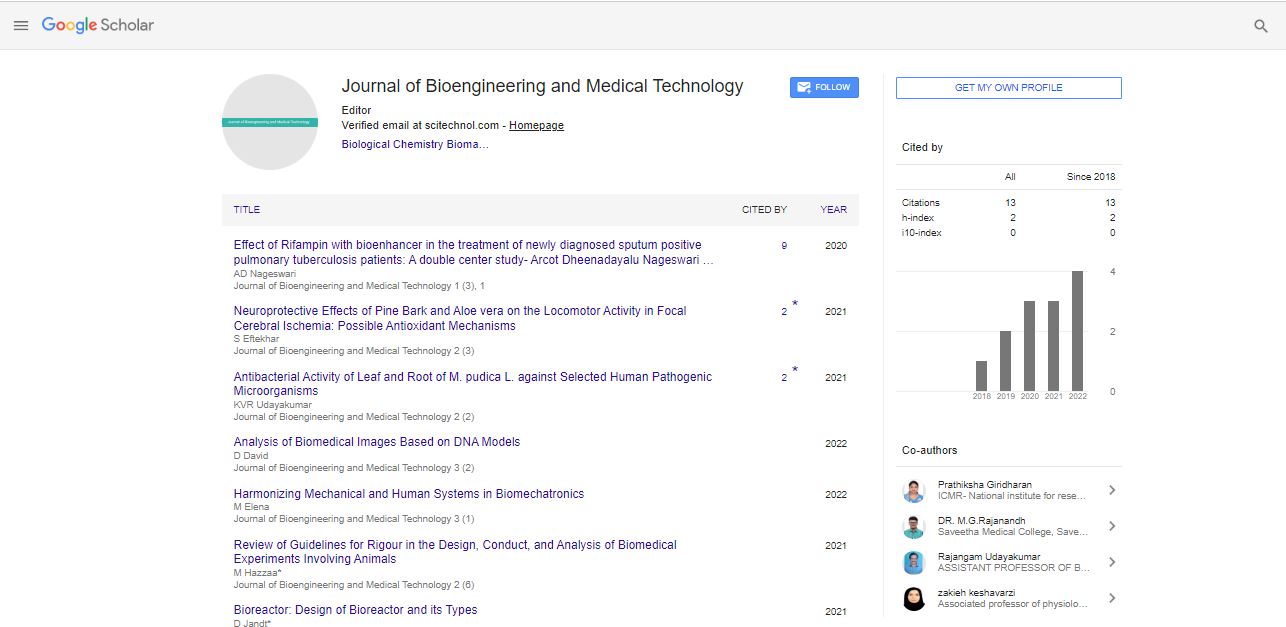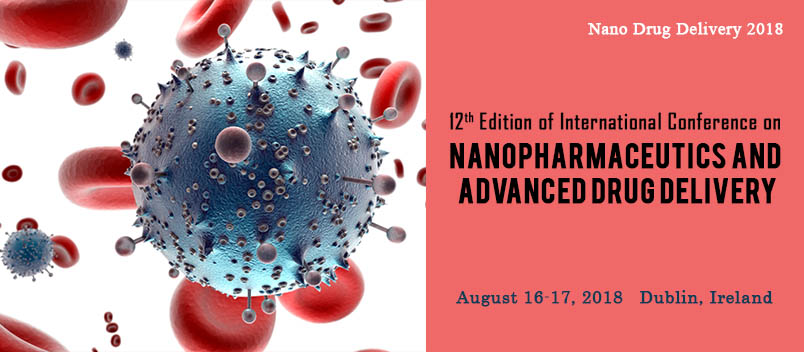Opinion Article, J Bioeng Med Technol Vol: 4 Issue: 1
Tissue Culture Engineering for the Production of Biopharmaceuticals
Rajiiv Kumar*
Department of Tissue culture, Ramaiah University, MSR Nagar, Bangalore, India
*Corresponding Author: Rajiv Kumar
Department of Tissue culture, Ramaiah
University, MSR Nagar, Bangalore, India
E-mail: rajivkumar2@gmail.com
Received date: 22 February, 2023, Manuscript No. JBMT-23-96039;
Editor assigned date: 27 February, 2023, Pre QC No. JBMT-23-96039(PQ);
Reviewed date: 14 March, 2023, QC No. JBMT-23-96039;
Revised date: 21 March, 2023, Manuscript No: JBMT-23-96039(R);
Published date: 28 March, 2023, DOI: 10.35248/jbmt.1000068
Citation: Kumar R (2023) Tissue Culture Engineering for the Production of Biopharmaceuticals. J Bioeng Med Technol 4:1.
Description
Tissue Culture Engineering has become an essential tool in the production of biopharmaceuticals. The term "biopharmaceuticals" refers to drugs produced by biological processes, as opposed to traditional chemical synthesis. Biopharmaceuticals are usually proteins or nucleic acids, and they are used to treat a variety of diseases such as cancer, autoimmune disorders, and genetic disorders. One of the primary advantages of using tissue culture engineering in biopharmaceutical production is that it allows for the large-scale production of complex proteins that are difficult to synthesize chemically. For example, monoclonal antibodies are a class of biopharmaceuticals that have revolutionized the treatment of cancer and autoimmune disorders. These proteins are made up of complex chains of amino acids and are difficult to produce synthetically. However, tissue culture engineering allows for the large-scale production of monoclonal antibodies using genetically modified cells. In tissue culture engineering, cells are grown in a controlled environment that mimics the conditions found in the human body. This allows for the production of proteins that are similar to those found in the body, which reduces the risk of adverse reactions and improves efficacy. The cells used in tissue culture engineering are often genetically modified to produce specific proteins. For example, cells can be modified to produce monoclonal antibodies or other proteins that are used in biopharmaceuticals. The production of biopharmaceuticals using tissue culture engineering involves several steps. First, cells are cultured in a bioreactor, which provides the cells with the nutrients and oxygen they need to grow and produce proteins. The cells are then harvested and the proteins are purified from the cell culture medium. The purified proteins are then formulated into a drug product, which is usually administered by injection. One of the challenges of tissue culture engineering for the production of biopharmaceuticals is the need for strict quality control. The cells used in biopharmaceutical production must be free of contaminants, and the production process must be carefully monitored to ensure that the final product is safe and effective. Additionally, the cost of biopharmaceutical production using tissue culture engineering can be high due to the need for specialized equipment and facilities.
Despite these challenges, tissue culture engineering has become an important tool in the production of biopharmaceuticals. The use of tissue culture engineering allows for the large-scale production of complex proteins that are difficult to synthesize chemically. This has led to the development of new treatments for a variety of diseases, including cancer and autoimmune disorders. One example of the successful use of tissue culture engineering in biopharmaceutical production is the development of Herceptin, a drug used to treat breast cancer. Herceptin is a monoclonal antibody that targets a protein called HER2, which is overexpressed in some types of breast cancer. The production of Herceptin using tissue culture engineering has revolutionized the treatment of breast cancer, and the drug is now used to treat millions of women worldwide.
In conclusion, tissue culture engineering has become an essential tool in the production of biopharmaceuticals. The use of tissue culture engineering allows for the large-scale production of complex proteins that are difficult to synthesize chemically. This has led to the development of new treatments for a variety of diseases, including cancer and autoimmune disorders. While there are challenges associated with the use of tissue culture engineering in biopharmaceutical production, the benefits of this technology are clear. With continued advancements in tissue culture engineering, we can expect to see the development of new and innovative treatments for a variety of diseases in the future.
 Spanish
Spanish  Chinese
Chinese  Russian
Russian  German
German  French
French  Japanese
Japanese  Portuguese
Portuguese  Hindi
Hindi 
